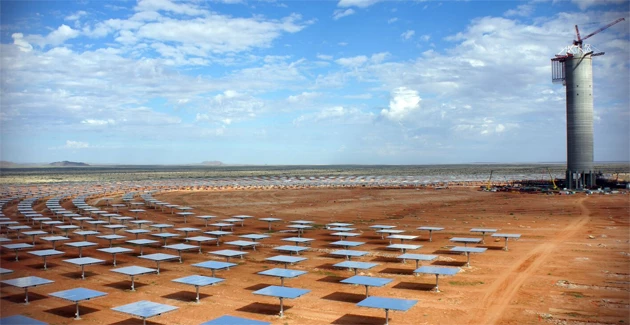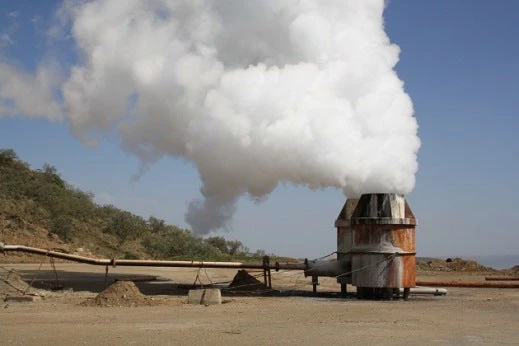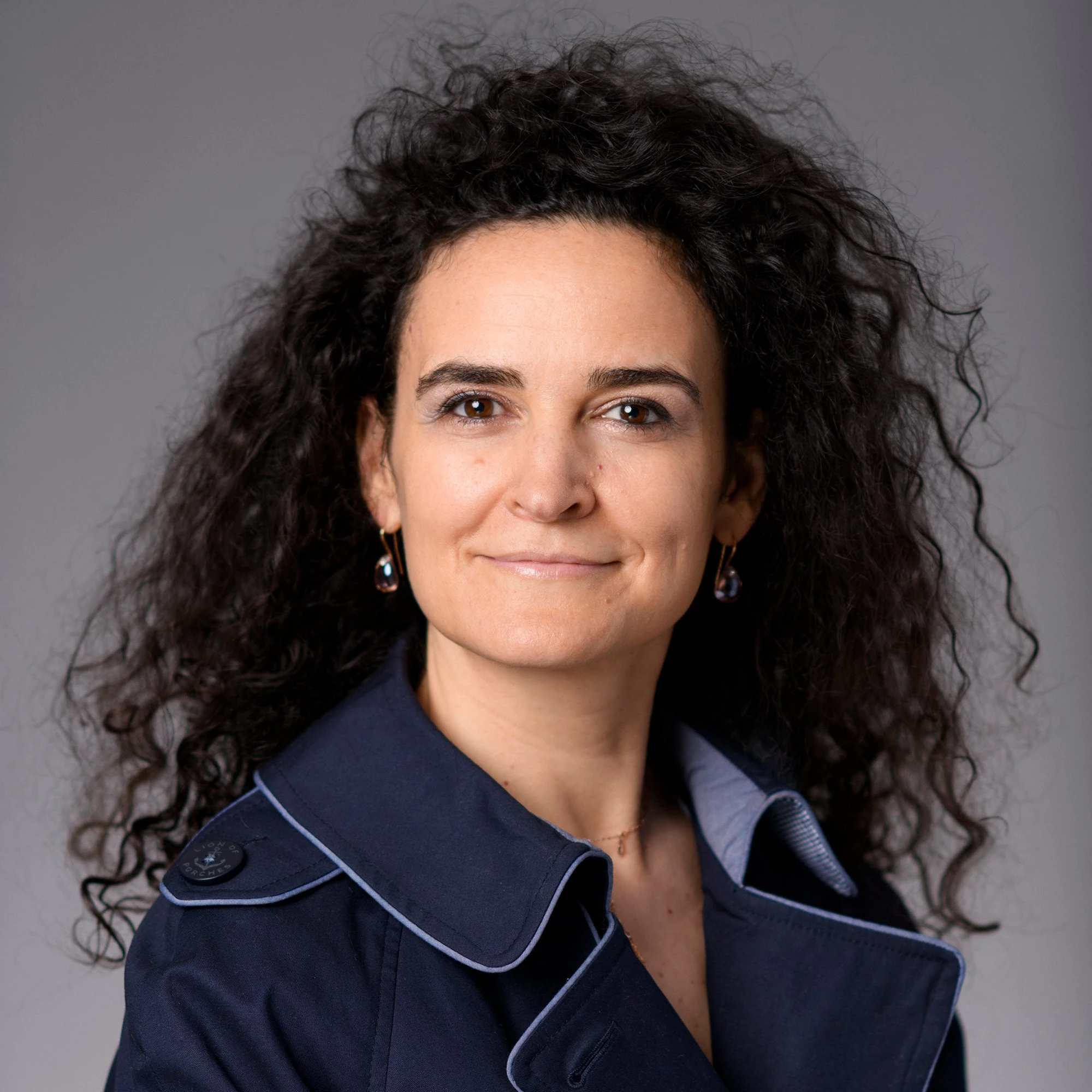
As world leaders come together at the UN General Assembly to adopt new sustainable development goals, climate change activists gear up for Climate Week in New York City and the Pope brings his message to the United Nations, a shared vision of our future is coming into clear focus.
If we are to eradicate poverty, we need to tackle climate change. And since 2008, the $8.1 billion Climate Investment Funds (CIF) has been showing it is possible for countries to pursue sustainable development in a way that does just that.
Close to 60 percent of our funding—that’s $4.8 billion—is focused on renewable energy development, especially concentrated solar power (CSP) and geothermal power.
These technologies hold tremendous long-term promise but also high up-front investment risks that concessional financing like the CIF can help overcome.
Harnessing the sun
CSP holds vast potential due to its ability to provide reliable, utility-scale power even when the sun is not shining. But high technology costs and a limited number of CSP demonstration projects deter investors, especially in higher-risk markets.
A total of $945 million from the CIF’s Clean Technology Fund (CTF) is expected to attract an additional $8.4 billion in co-financing for early public and private sector CSP projects in Chile, South Africa, and the Middle East and North Africa (MENA) region. Projected generation capacity is 1.1 GW – that’s more than one-quarter of the current global CSP capacity of 4 GW.
These investments are intended to establish a record of performance for the technology, thereby lowering perceived risk and reducing future project costs for private sector CSP investors and developers.
So far, it’s working.
In South Africa, for example, $83 million from the CTF channeled through the African Development Bank and the IFC is supporting some of the first independent CSP power producers in South Africa.
Partnering with the World Bank and the African Development Bank, in Morocco, low cost debt from the CTF totaling $435 million has helped to reduce project costs and drive market competition, which has translated into more affordable power tariffs. Thanks in part to CIF, the CSP market is rapidly transforming from a clean-tech curiosity to a serious contender to provide climate-smart, baseload power.
Capturing the steam

Geothermal power also holds tremendous promise as one of the most plentiful and cheapest renewable energy options available. Its expansion is limited, however, by the time and cost-intensive exploration phase which may reveal insufficient resources to generate power. Most private investors are not willing to take on these risks.
To help break down these barriers and de-risk geothermal development, the CIF is allocating $810 million for geothermal investments in 15 countries.
Over $10 billion in co-financing is expected for a dynamic project pipeline with the potential to lead to the development of 3.5 GW of geothermal capacity, more than one-quarter of current global installed capacity of 13 GW.
CIF funding is helping to enlarge markets in countries like Indonesia, Kenya, and Mexico and is supporting some of the first large-scale geothermal projects in Armenia, Chile, Dominica, Ethiopia, and Tanzania. In fact, the CIF is the leading source of international development finance for early-stage geothermal project exploration and development.
To date, the CIF has provided $400 million, or more than half of total public finance currently flowing to these critical project phases.
With these and other investments in renewable energy—from solar photovoltaics to biomass to wind to small-scale hydropower— the CIF is demonstrating the power of well-placed concessional financing to stimulate climate action . As climate negotiations at the 21st session of the Conference of the Parties to the UNFCCC in Paris, France rapidly approach, we hope the lessons and leadership of the CIF can help show the way to a greener future.


Join the Conversation